When thinking about the best states to bug in, it’s important to recognize that staying put often has significant advantages over bugging out. Bugging in allows you to utilize existing resources, avoid the dangers of the open road, and maintain a stable, secure environment.
The ideal place isn’t just about finding a remote location; it’s about long-term survival, being surrounded by like-minded folks, and having access to everything you need to maintain a comfortable, self-reliant lifestyle.
Let’s explore some of the best states to bug in, considering factors like population density, self-sufficient communities, natural resources, local laws, climate, and natural disaster risks.
Idaho
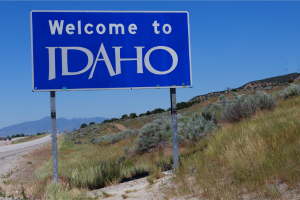 Idaho is often one of the first places that come to mind for those interested in bugging in. It has a relatively low population density, which means less chance of encountering trouble during a collapse. Idaho is known for its rugged terrain, which provides plenty of natural resources like wild game, fresh water, and timber.
Idaho is often one of the first places that come to mind for those interested in bugging in. It has a relatively low population density, which means less chance of encountering trouble during a collapse. Idaho is known for its rugged terrain, which provides plenty of natural resources like wild game, fresh water, and timber.
In the event of a crisis, these resources can be essential to maintaining a steady lifestyle without relying on grocery stores or public services.
Another advantage of Idaho is the self-sufficient communities already present in the state. Many residents are well-versed in farming, hunting, and other survival skills, which makes Idaho an ideal place to form a supportive community. It’s also known for its lenient gun laws, making it easier for residents to arm themselves for protection or hunting purposes.
The climate in Idaho is variable but manageable. Winters can be harsh, but with the right preparation, it’s nothing that can’t be handled. Additionally, Idaho is less prone to natural disasters like hurricanes or earthquakes, which adds another layer of security.
Montana
If you’re looking for isolation and natural beauty, Montana might just be the state for you. With one of the lowest population densities in the United States, Montana provides ample opportunities to settle in an area far removed from major urban centers. The state has abundant natural resources, including forests, rivers, and wildlife, which make it perfect for a self-sustained lifestyle.
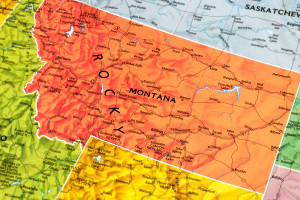
Montana’s local laws are generally supportive of self-sufficiency. The state has a strong culture of independence, and you’ll find that many of the residents have a “live and let live” attitude. Hunting and fishing are common in Montana, and many people rely on these activities for food, making it easier to adapt to a lifestyle that prioritizes natural resources.
If you’re looking to transform your home into a self-sufficient fortress, this guide offers comprehensive strategies for doing just that. Not only will it show you how to stockpile food and secure your home, but it will also guide you on what to do immediately once a crisis begins to drastically cut down the chances your house will ever become a target for looters, rioters, or unwelcome government officials.
This guide is designed to help you prepare effectively for long-term emergencies without ever having to leave your home.
The climate in Montana can be challenging, especially in the winter, but the low risk of hurricanes, tornadoes, and earthquakes makes it an appealing option. With proper preparation, you can create a comfortable bug-in situation that withstands even the harshest of weather.
Wyoming
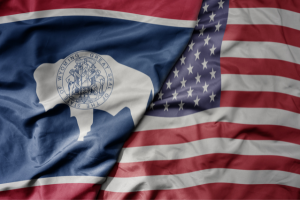
Wyoming is another fantastic state for bugging in, thanks to its sparse population and vast stretches of open land. It’s home to a community of self-reliant individuals who are used to living off the land, and its laws tend to favor personal freedom, including lenient regulations on firearms and property rights.
The state offers an abundance of natural resources, from fresh water to wild game, and the overall climate is dry, which can be advantageous for food preservation and agriculture. Wyoming’s terrain, featuring mountains and plains, also provides a variety of environments for different survival needs, whether it’s setting up a homestead or cultivating crops.
Natural disasters are relatively uncommon in Wyoming. While the winters are cold, the low humidity and lack of tornadoes, hurricanes, or severe flooding make it a stable environment for long-term bug-in planning. Its isolation is both a strength and a challenge—you’ll be far away from urban centers, but that also means fewer supplies and amenities, so preparedness is key.
Alaska
For those who really want to get away from it all, Alaska might be the ultimate bug-in destination. The state has an extremely low population density, and much of its land is untouched wilderness. If you’re experienced in survival techniques and comfortable with isolation, Alaska provides almost limitless opportunities for self-sufficiency.
The natural resources in Alaska are abundant, with plenty of fresh water, fishing opportunities, and wild game.
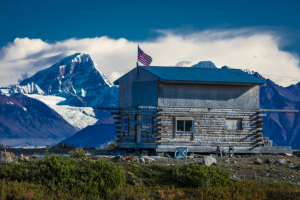 However, the climate is a major factor to consider. Alaska’s winters are long and brutal, which means you’ll need to be well-prepared with food stores, heating, and proper shelter. However, the lack of hurricanes, tornadoes, and other natural disasters makes Alaska a compelling choice for those looking to escape the chaos.
However, the climate is a major factor to consider. Alaska’s winters are long and brutal, which means you’ll need to be well-prepared with food stores, heating, and proper shelter. However, the lack of hurricanes, tornadoes, and other natural disasters makes Alaska a compelling choice for those looking to escape the chaos.
Related: 8 Worst American States To Be In When SHTF
Local laws in Alaska tend to favor personal freedom, including hunting and fishing rights. Many communities in Alaska are self-reliant by necessity, making it easier to find like-minded individuals who understand the challenges of living off the grid.
West Virginia
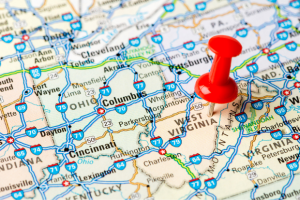
West Virginia might not be as isolated as some of the other states on this list, but it’s an excellent bug-in location for those looking to balance self-sufficiency with some level of access to amenities. The state’s mountainous terrain makes it a difficult place for anyone to invade or overrun, and there are plenty of natural resources, such as rivers, forests, and wildlife.
It’s the perfect place to forage around your bug-in location. This is a good resource if you want to take advantage of all the free food you can find in Nature.
West Virginia is also home to many small, tight-knit communities that value independence and self-reliance. These communities often share resources and support one another, which can be incredibly beneficial in a long-term bug-in scenario. Additionally, the state’s gun laws are favorable, allowing residents to protect themselves and their property.
The climate in West Virginia is moderate, with cold winters and warm summers, making it easier to grow food and maintain a comfortable lifestyle. The state is also less prone to severe natural disasters, although flooding can be a concern in some areas. If you find the right spot, West Virginia offers a good mix of seclusion, resources, and community support.
Arkansas
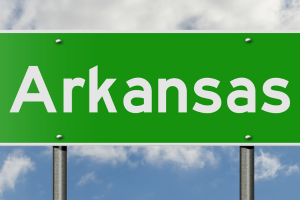
Arkansas is another state worth considering for bugging in, thanks to its mild climate, fertile land, and abundance of natural resources. The state has a relatively low population density, particularly in the Ozark and Ouachita Mountain regions, which offer excellent opportunities for setting up a bug-in homestead.
The state’s natural resources include freshwater lakes, rivers, and ample wild game. The growing season is long, which is a huge advantage for anyone interested in cultivating their own food. Arkansas is also home to many self-sufficient communities where bartering and local trade are common practices—an essential aspect of bugging in when the traditional economy collapses.
Local laws in Arkansas are generally favorable for preppers, with few restrictions on gun ownership and use. The state is also less prone to natural disasters, with the exception of occasional tornadoes. Overall, the combination of a favorable climate, access to natural resources, and supportive local laws makes Arkansas a solid choice for bugging in.
Factors to Consider When Choosing a State to Bug In
When evaluating these states, it’s important to consider your specific needs and capabilities. Here are some key factors to keep in mind:
- Population Density: The lower the population, the less chance of encountering desperate individuals during a crisis. States like Wyoming and Alaska rank well here.
- Natural Resources: Access to fresh water, timber, fertile land, and wildlife is critical for long-term survival. States like Montana and Idaho provide ample resources.
- Self-Sufficient Communities: Finding a community of like-minded individuals can make a significant difference in your bug-in success. Look for areas where self-sufficiency is already a way of life.
- Local Laws: Gun rights, property rights, and regulations on self-sufficiency vary from state to state. States like Idaho, Wyoming, and Alaska tend to have laws that are friendly to preppers.
- Climate: The climate will affect your ability to grow food, find water, and stay warm. While harsh climates like those in Alaska can be a challenge, they also provide isolation from others. You should take into consideration generating your own power.
- Natural Disasters: Avoiding states with frequent natural disasters will make your bug-in situation more manageable. States like West Virginia and Montana have relatively low risks compared to others.
Bugging in is all about finding a place where you can be self-reliant, safe, and comfortable for the long haul. Staying put allows you to utilize the resources you’ve already gathered, maintain a familiar environment, and avoid the chaos and dangers of the open road.
The best state for you will depend on your skills, your tolerance for isolation, and your ability to adapt to different climates and environments. States like Idaho, Montana, Wyoming, Alaska, West Virginia, and Arkansas all offer unique advantages that make them ideal for bugging in, from low population densities to favorable local laws and abundant natural resources.
Choosing the right place to bug in takes careful planning and consideration of all the factors that contribute to a sustainable lifestyle. Whether you’re looking for rugged isolation or a supportive community of like-minded individuals, the key is to find a place where you can thrive, no matter what comes your way.
You may also like:
70+ Ingenious Projects To Help You Survive The Upcoming Economic Crisis (Video)
How To Build Self-Watering Raised Garden Beds

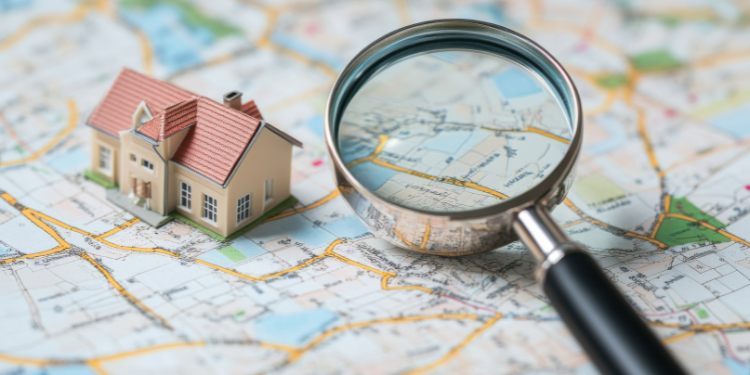
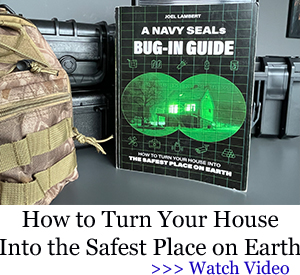
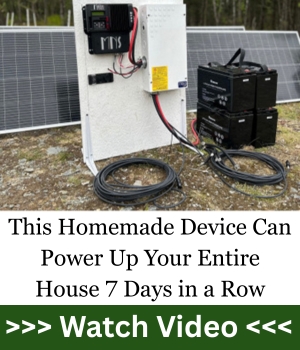
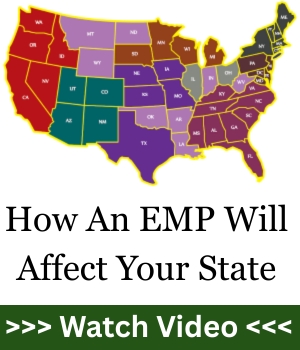
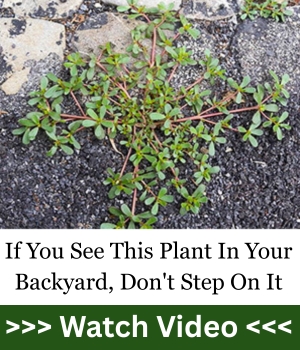
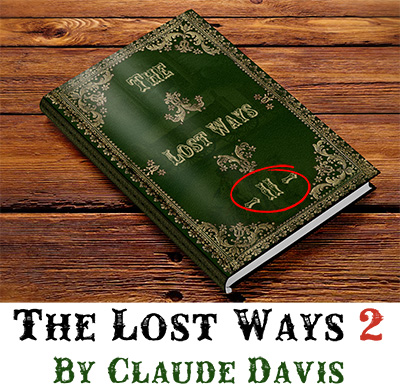
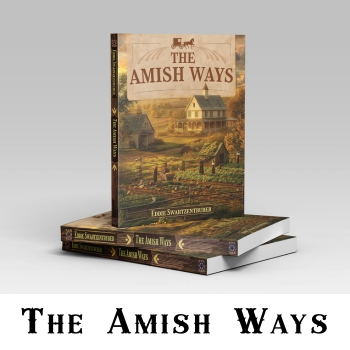
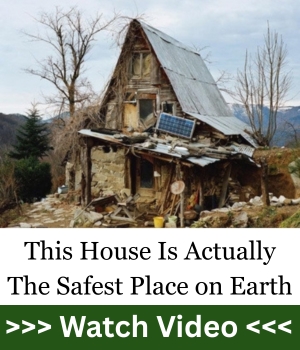
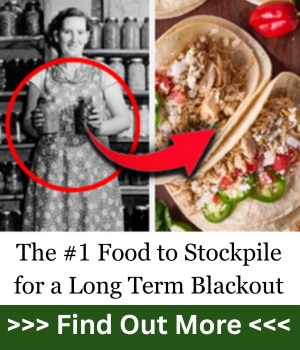

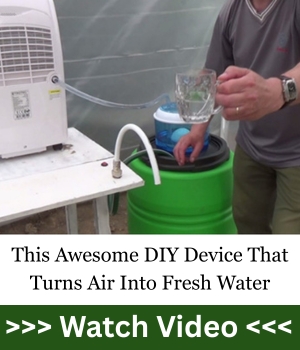




What about SD?? Why would you not pick this state?
Just guessing – but I notice states that have a lot of silos were not included. I visited Black Hills area a couple years ago, great people and a very beautiful area.
So Idaho and Montana are silo free? Besides, NORTH Dakota has most of the silos.
Don’t forget the Bakken oil fields is one of the largest onshore oil fields in the United States, covering almost 9,000 square miles across North Dakota, Montana and Canada.
SD does have some issues though. Are they Constitutional Carry?
Is it a blue state?
How is the overall weather? Natural resources?
SD is sort of blue in the large cities Sioux Falls, Rapid City, Pierre, Brookings, etc. and this is because of the Leftist influx from Minnesota, “Kommie”fornia, Washington, Oregon, etc. Having said that If you stay EAST of the RIVER then most of the areas are okay!!!! The rural areas are where we Conservatives live!!! Our Congressmen are RINO’s, Especially Johnson and Rounds!!!! Property taxes are HIGH and we do have a 4.2% sales tax for the state and the cities have city sales tax!!! The Counties do not, for the most part!!! There is NO income tax!!! The sheriff’s tend to mind their own business UNLESS someone really acts STUPID!!!! Here in Fall River County the winters tend to have a low of -7 for short periods and the summers do get HOT at around 105. There is more BUT Montana is TOTALLY leftist except for north of I-90 and east of Great Falls!!!!! Idaho has Boise and that corner devoted to the left!!! Wyoming you have most of your tourist areas are leftists and that goes for the larger cities!!! It strikes me that where the Air Force have their bases then that area is leftist!!!! I carry a military ID and visit quite a few areas with all types of bases and NO thank you I will NOT live anywhere near an air force base!!!!
i can’t imagine anyone wanting to homestead in the frozen north with such a short growing season and – minus 0 temps in the winter.
go and visit those states in January if you really want to relocate there.
look at east texas, game, water, a good tax base with good schools and is firearms friendly.
you cant go wrong there if you are able to assimilate into the culture. country folks don’t put up with leftist bullshit.
“If you are able to assimilate into the culture” is a big if.
I moved to a different part of the country when my father’s job required the family to move. We all loved where we were living and hated to leave. We arrived at our new home, the culture was foreign to me, and I tried learning it to get along. I was shut out. I was there two years and very glad to leave it when I had the chance.
You talk of the cold temperatures; many of those who are accustomed to such cold would find a Texas summer unbearable.
Where I live now, I have four discrete seasons. I live each in their turn.
With all of the possibilities of what might happen, when the SHTF. Everybody missed one. . . Yellowstone National Park. And unless I am mistaken, there is a “Super Volcano” in the park and if that goes up. You can say good bye to the whole North West, and most of the west coast. Less we forget, the Mississippi River, tho stable is also a fault line. A single missile strike in any of several locations, could be fatal for the US of A.
So, depending on the scenario, whether it’s plain stupidity, corrupt governments or people seeking power and/or control, mother nature or aliens. Can anyone truly be safe?
Personal, at my age and disability. I have been preparing, in my case to Bug-In. But I look at it this way — If and When my time comes, I’ll be ready. And if GOD wants me, he knows where I am.
You’re the only one with common sense.
need to look at nuke fallout and which states are hit the worst population density due to komifornias leaving their state to garden growing to drinking water table such as a well no water no life
I just bought a home on 6.3 acres on a hill top in Copperhill, TN. According to the last census 420 folks live here, I have deer and wild turkeys on the property (see them almost daily) and the EPA notes the water quality here is pristine. The nearest “big” city with large stores and a Walmart is 30 minutes away down in Blue Ridge, GA, but since you can get gasoline for less than $3.00 a gallon in Copperhill it’s not a problem. One of the best things however is my property is less than a quarter of a mile away from the Occoee River and the boundary of the Cherokee National Forest. Oh, and I am RETIRED!
I’m your neighbor on the other side of the ocoee, too many people are moving into our county from the cities. There’s a few deer and turkeys but what will happen to the few we have when people have to hunt to eat? Pristine water? No way I’d call anywater coming out of the Cherokee national forest Pristine. We have way to many wild hogs swimming and leaving thier waste in the water for me to want to drink it.
I wouldn’t live anywhere but the eastern Missouri Ozarks. It very seldom shows up on these lists which is part of what makes this area desirable to me.
I think that all of the states mentioned in the article and in
the comments are good bets.One thing to consider is
the availability of specialized medical services within a reasonable distance.
Here in northwest Montana our concern with mother
nature are forest fires from May thru October.You can’t
out run them and the insurance companies are not writing
home owners policies in some areas.
I would encourage anyone contemplating a move to spend
one winter anywhere in Montana to try it for a month or
two.
The winter of 1994-95 left 14 feet of snow at the fire
station 150 yds. from my house.Some days I plowed
three times a day. The wife handed a sandwich as I passed
by.Luckily the truck had a good cup holder for coffee and
cowboy cocktails.
Chuck, as I read , “The wife handed me a sandwich,” I immediately thought of Charlie and the MTA. LOL
the southwest part of missouri is where we live and i wouldn,t go anywhere else. missouri has concealed carry without a permit,(i have one since they’ve allowed permits. my permit number is 27. we live a mile from a town with 440 people which is big enough. the dollar general is under constuction as we speak. taxes are relatively cheap as is utilities. we have a well, not city water, and its the best water i’ve tasted. alot of lime but the water filter takes that out. we’re on the eastern side of the plateau that springfield is on and that breaks up alot of the bad weather coming in when there is tornado warnings. we’ve only headed for the shelter once in 21 years. our neighbor is from idaho and he said he would never move back. he is self reliant .oriented also so thats a big plus. where ever one decides to live you’ll have issues with some kind of weather, just be prepared for it and put your trust in the lord.